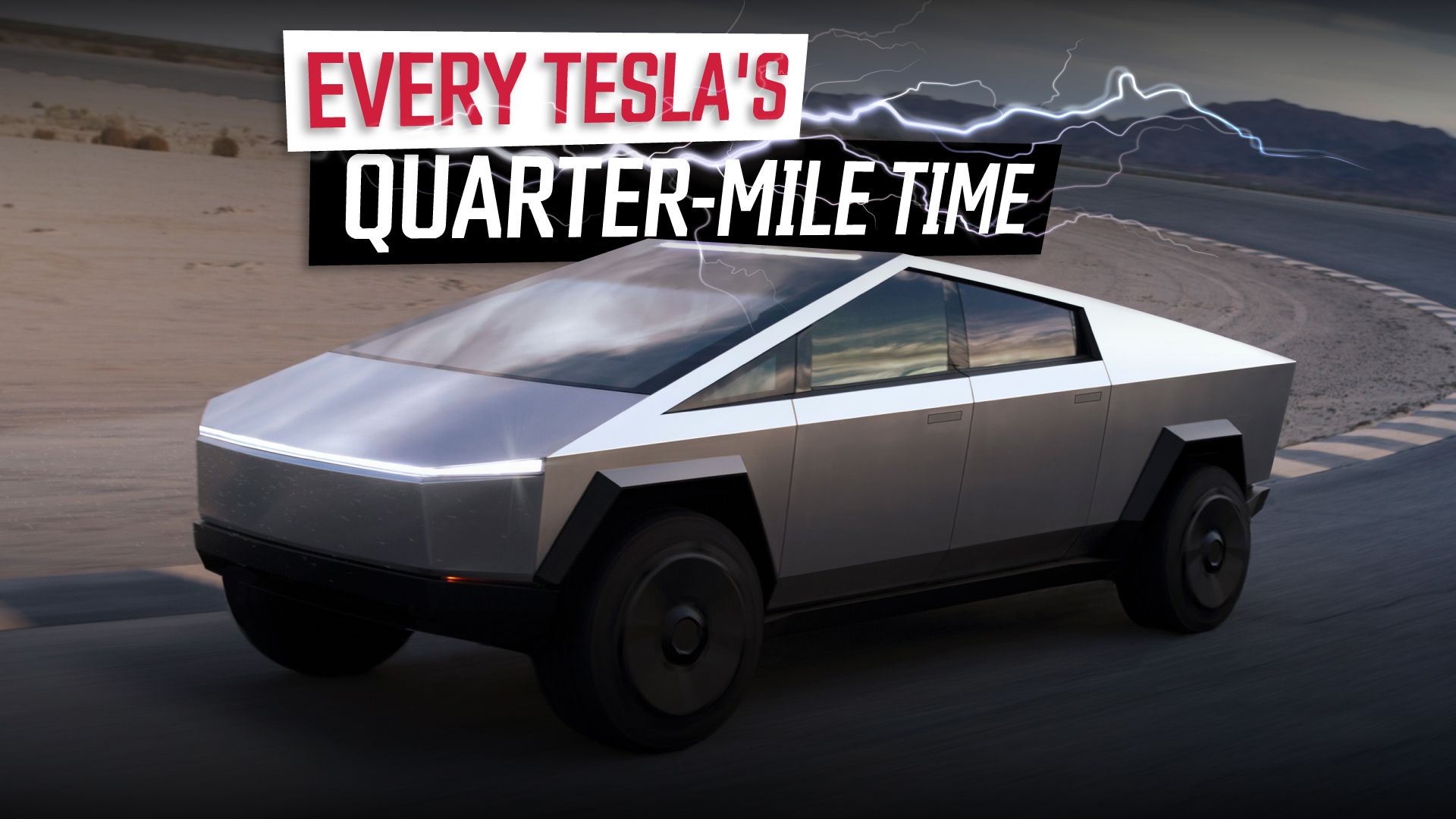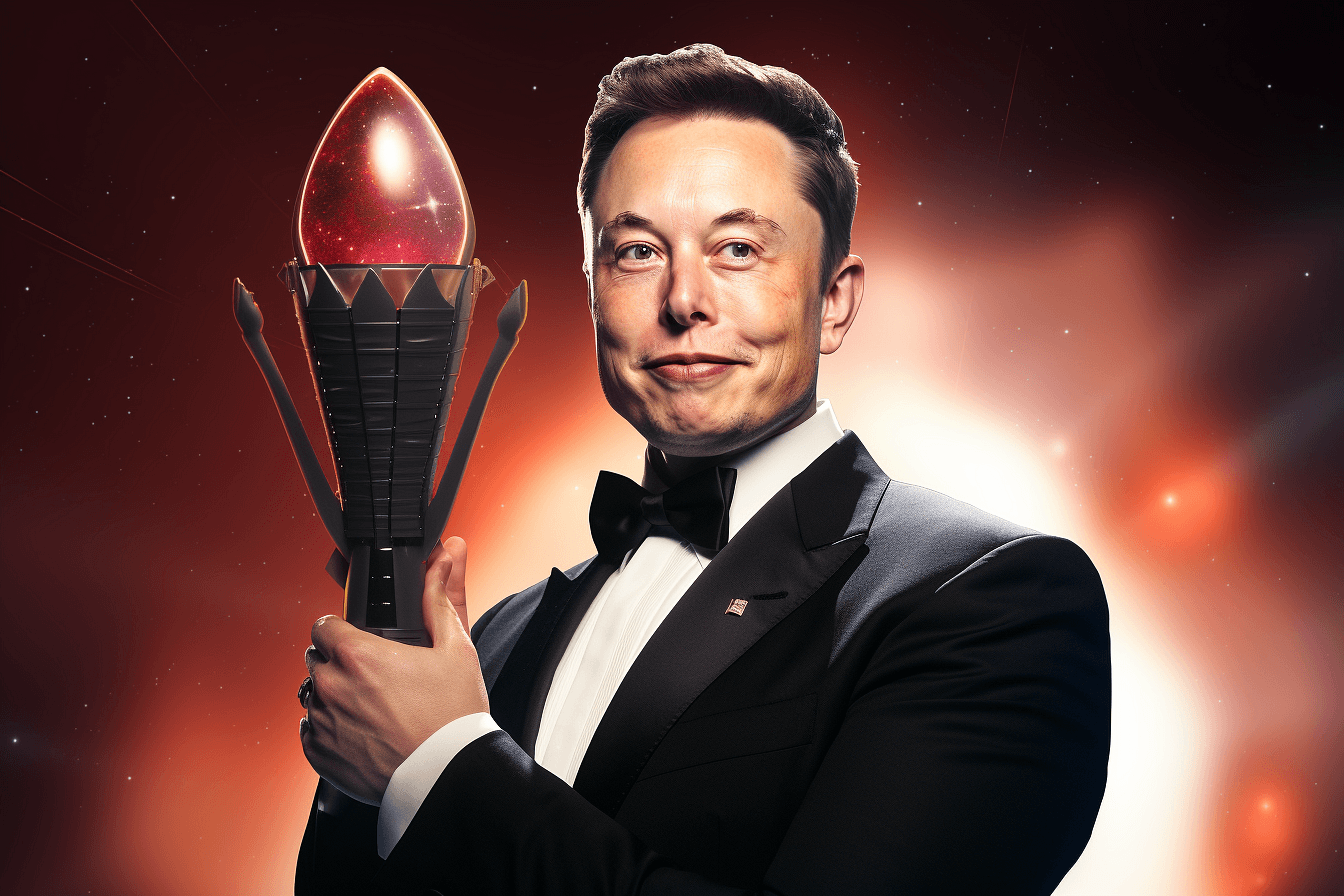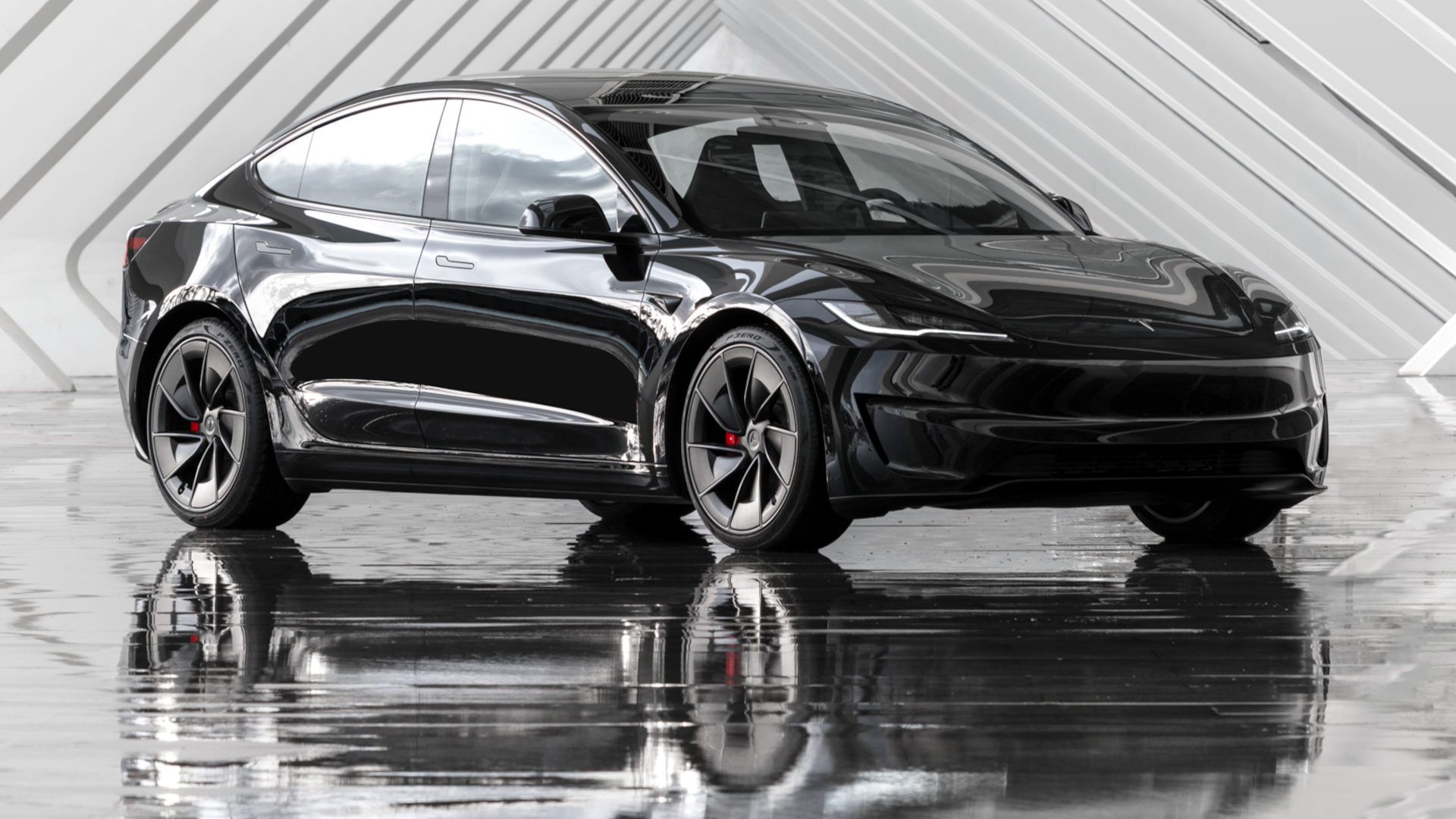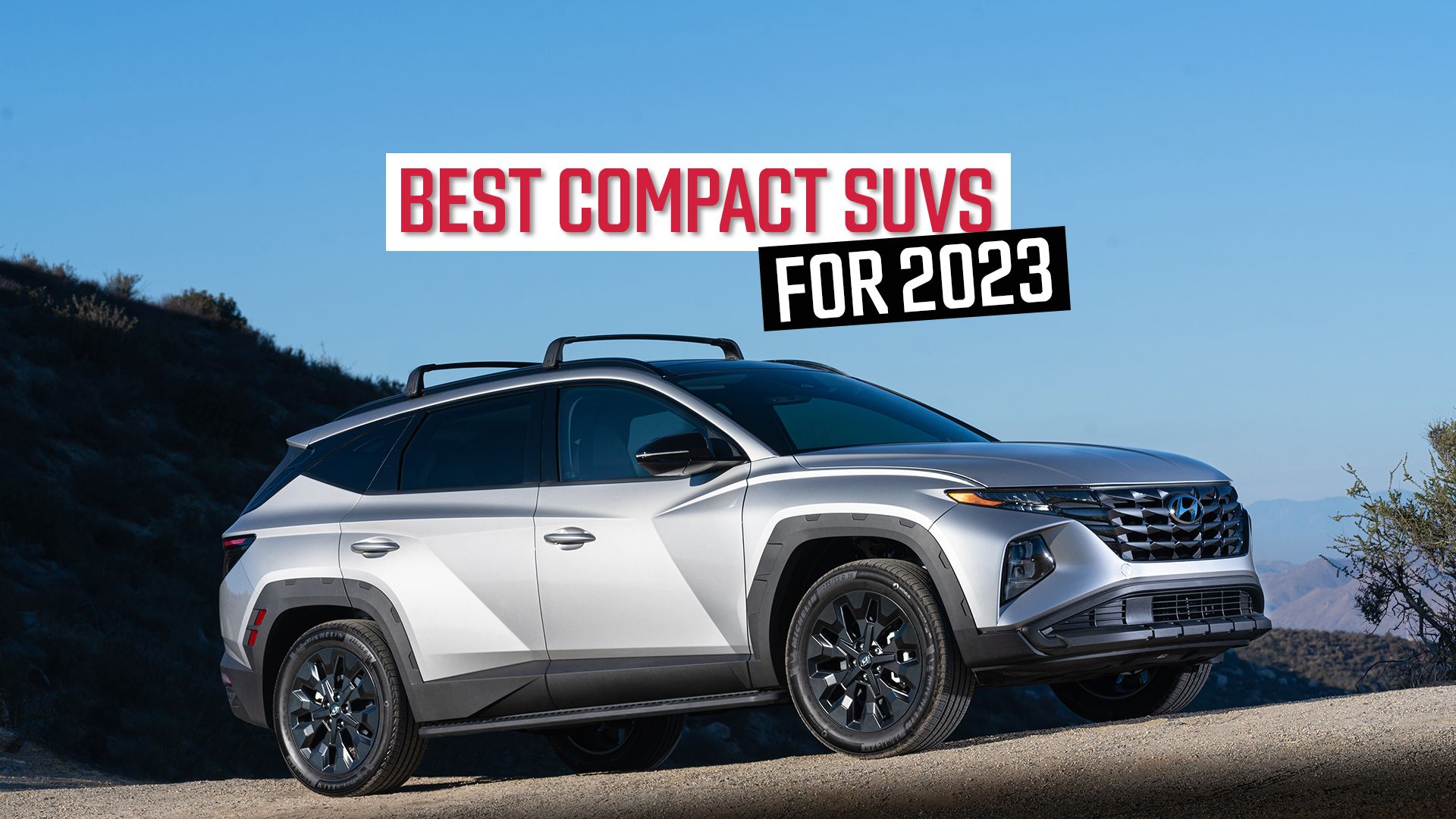Having built itself a loyal (some say cult-like) fanbase over the past decade and a half, Tesla now has the highest retention rate in the automotive industry, estimated to be at a sky-high 87%. High retention is a goal that most automakers spend their days chasing. In the past, people were more likely to stick to one car brand for life, but the modern market has made achieving brand loyalty more difficult, as people have a higher number of options and an increased ability to shop around thanks to the internet. So what exactly is the secret behind Tesla’s high retention rate? Here are a few reasons why Tesla owners keep coming back for more.
Range, Without The Anxiety
Range anxiety is one of the biggest issues consumers face when considering the purchase of an electric vehicle, especially for frequent long-distance drivers or people who live in areas where charging infrastructure is still not optimal.
Tesla’s vehicles have contributed to mitigating range anxiety. In the company’s own words, “Tesla vehicles can travel some of the longest driving ranges of any other production electric vehicle on the market.” Some cars in the Tesla lineup are available with standard and long-range battery pack configurations.
Related
Longest Range Electric Car: Counting Down The Top 10
These 10 cars are at the top in terms of range.
The longest estimated range in the 2024 lineup belongs to the Model S (402 miles). But even vehicles with a shorter range, such as the Standard Range Model 3, will drive for about 272 miles on one charge, which is more than enough for daily commuting or even a road trip without fear of being stranded on the side of the road.
The other aspect of Tesla ownership that has helped ease consumers’ range anxiety is the Supercharger network, with its wide availability of fast, reliable chargers (more on that later).
The Supercharger Network
Charging an electric car is a very different process compared to filling up at a gas station. With dozens of different charger types and payment apps, plus a still-developing infrastructure, making sure you always have enough juice to get to where you’re going can be a slightly daunting process. Tesla has worked to simplify this process with its Supercharger network, making it as quick, easy, and seamless as possible. Despite having a difficult start to 2024, experiencing its first drop in revenue since 2020 and consequently going through a mass layoff, the company is still investing in expanding the Supercharger network, with a $500m cash injection aimed at creating new sites and expanding existing ones.
In fact, the Supercharger model is so good that EVs from other brands will shortly be able to use it as well, opening up thousands of chargers to non-Tesla vehicles. The path towards Supercharger adoption by other automakers hasn’t been smooth, with delays expected to push things forward until next year, but this is still a move that will dramatically accelerate the progress of EVs on the US automotive landscape.
Groundbreaking So-Called Self-Driving
Aside from bringing electric cars into the mainstream, Tesla’s other claim to fame is the development and progress of driver assistance technology; the company’s goal is to eventually achieve full self-driving abilities.
The current “Autopilot” package, often criticized due to its slightly misleading name, consists of a slightly more intelligent cruise control function paired with automatic steering (under ideal conditions, with a clearly marked lane).
The “Full Self-Driving Capability,” also sporting a hyperbolic moniker, is a more advanced package that includes automatic lane change, automatic parking, and a “summoning” feature (which moves the car in and out of a tight space without the driver being inside it), plus traffic sign and traffic light identification (currently still in the testing phase).
That being said, the road towards self-driving Teslas has been anything but smooth. The company is currently facing a lawsuit regarding the “Full Self-Driving” functions, being accused of misleading its customers about what Teslas is really capable of on the autonomous driving front.
Constant Over-The-Air Updates
Access to over-the-air updates means you can keep your Tesla up to date and with all the latest features in the comfort of your own home without having to upgrade components or replace your vehicle every year.
Teslas’ onboard software received periodic updates to keep it running smoothly and efficiently, and comfort features such as heated seats can be activated remotely as well. Over-the-air updates are also used for more complex driving features such as autonomous capabilities, although Tesla has been slightly more cautious with that as of lately, making sure to emphasize the updates do not give your car fully autonomous capabilities due to complaints about the misleading nature of the “full self-driving” it had originally promised.
Affordability: Electric Power For The People
Tesla is often credited with bringing electric vehicles into the mainstream, and its prices reflect this. Electric motoring is now firmly within reach of the ordinary American family, with Tesla kickstarting the wave of affordable EVs hitting the market. When the company’s very first model, the first-generation Roadster, made its debut in 2008, electric vehicles were still a rarity rather than a part of the everyday consumer’s reality, and price tags were accordingly eye-watering. These days, things are different, partly thanks to Tesla.
If you are looking into buying a Tesla and have a spending limit of $50k, there are several options for joining the Tesla club on a budget. The Model 3 is the least expensive path into Tesla ownership, sitting just above the $40k mark at $38,990; the base Model Y isn’t far behind at $42,990. And that’s before you subtract the sweet $7,500 tax credit from the government.
Supercar Performance At A Budget Price
Aside from the spaceship looks and the tech gizmos, Teslas are also known for their blistering performance, especially when it comes to acceleration. Even the slowest member of the family, the Model Y, can reach 60 mph in 3.5 seconds, and the fastest, the Model S Plaid, can reach 60 mph in under two seconds, which is beyond insane for something that, on the outside, looks like a fairly ordinary modern sedan.
2:10

Related
Every Tesla Model Ranked By Its Quarter-Mile Time
Planning an all-Tesla drag race? Here’s what you can expect.
All this performance, however, does not come with a supercar-level price tag you would expect. The new Model 3 Performance, with a 0-60 time a hair under three seconds and a top speed of 163 mph, is on sale starting at $53,990. This makes it over $10,000 cheaper than its rival electric sedan, the BMW i5, which is slower on both the acceleration and top speed fronts. Tesla is also responsible for bringing the possibility of owning a 1000 hp vehicle to ordinary Americans, thanks to the Model S Plaid, the only car on the market with four-figure horsepower sitting under the $90k mark.
It’s Just Cool To Own A Tesla
A big part of Tesla’s appeal, and part of what makes Tesla owners come back for more over and over again, is the company’s place in pop culture. Owner Elon Musk’s larger-than-life and frequently controversial figure has become inseparable from the brand itself; as a result, driving one of his cars has become synonymous with wealth, technological progress, and social clout. Bridging the gap between the world of cars and the world of tech with its sleek, futuristic aesthetic, Tesla has become the vehicle of choice for tech-bros, finance-bros, and anyone who simply wants to look cool.

Related
Opinion: It’s Time We Gave Elon Musk Some Well-Deserved Praise
The man secured the future of EVs.
The same element of Tesla ownership that some people view as cult-like is seen as a selling point by others; driving a Tesla makes owners feel like they are a member of an exclusive club, somewhat removed from what Tesla fans refer to as “legacy automakers”. Thanks to the company’s Apple-esque approach to vehicle repair, as well as a separate charging network, owning a Tesla is less like owning a car and more like owning the latest status-symbol tech device. And much like with tech, once you are part of a brand’s ecosystem, you are likely to stick with it.




